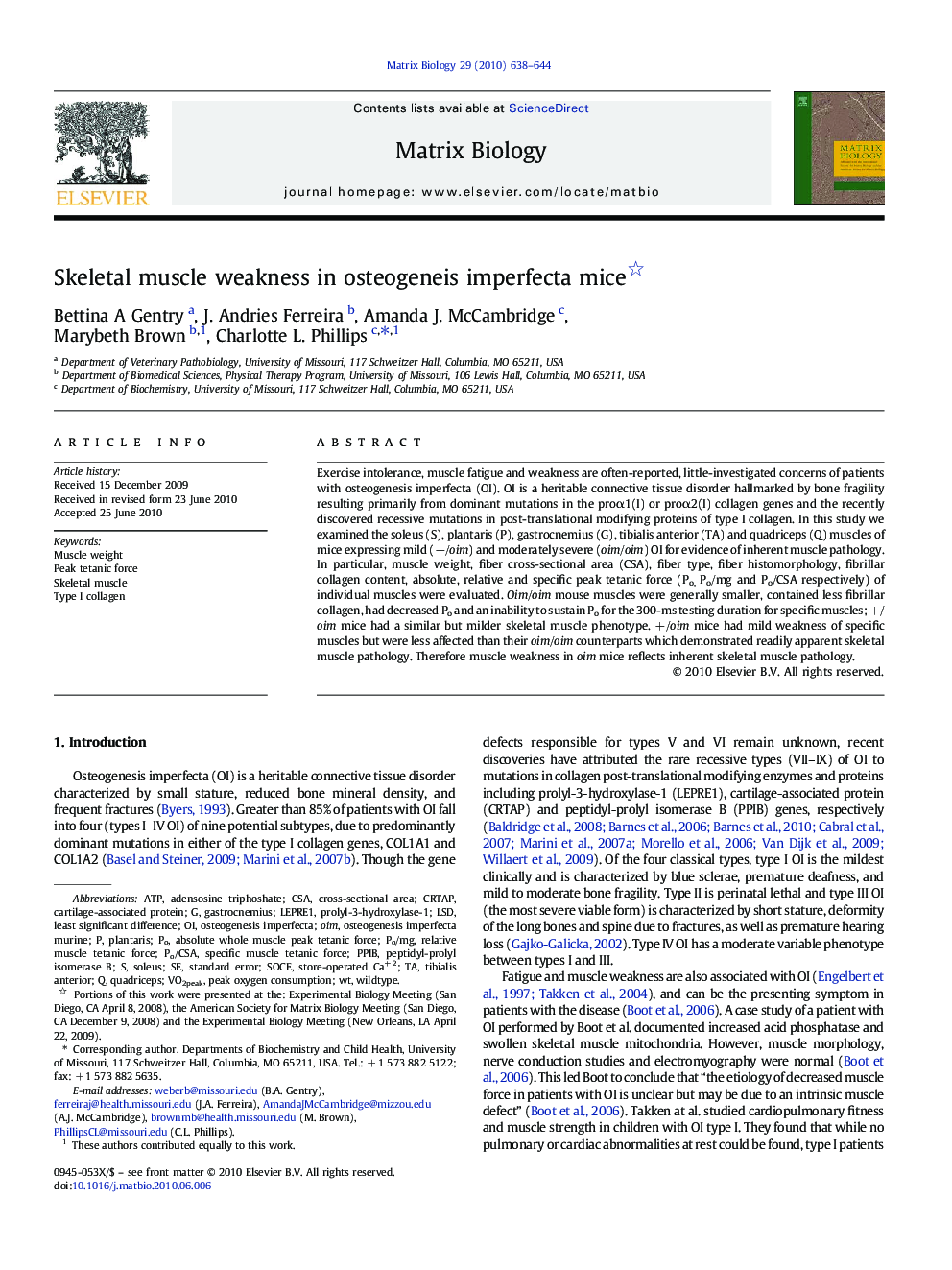| کد مقاله | کد نشریه | سال انتشار | مقاله انگلیسی | نسخه تمام متن |
|---|---|---|---|---|
| 10913914 | 1088646 | 2010 | 7 صفحه PDF | دانلود رایگان |
عنوان انگلیسی مقاله ISI
Skeletal muscle weakness in osteogeneis imperfecta mice
دانلود مقاله + سفارش ترجمه
دانلود مقاله ISI انگلیسی
رایگان برای ایرانیان
کلمات کلیدی
SOCEmuscle weightLEPRE1PPIBOIMVO2peakGastrocnemiusLSDTibialis Anterior - Tibialis قدامیATP - آدنوزین تری فسفات یا ATPCSA - ایالات مؤتلفهٔ آمریکاOsteogenesis imperfecta - بیماری اختلال استخوانزایی، استئوژنز ایمپرفکتاleast significant difference - حداقل تفاوت قابل توجهیstandard error - خطای استانداردSoleus - سولوسSkeletal muscle - عضله اسکلتیPeak oxygen consumption - مصرف اکسیژن قلهcross-sectional area - مقطع عرضیwildtype - نوع وحشیplantaris - پاستارسQuadriceps - چهارگوشهType I collagen - کلاژن نوع I
موضوعات مرتبط
علوم زیستی و بیوفناوری
بیوشیمی، ژنتیک و زیست شناسی مولکولی
تحقیقات سرطان
پیش نمایش صفحه اول مقاله

چکیده انگلیسی
Exercise intolerance, muscle fatigue and weakness are often-reported, little-investigated concerns of patients with osteogenesis imperfecta (OI). OI is a heritable connective tissue disorder hallmarked by bone fragility resulting primarily from dominant mutations in the proα1(I) or proα2(I) collagen genes and the recently discovered recessive mutations in post-translational modifying proteins of type I collagen. In this study we examined the soleus (S), plantaris (P), gastrocnemius (G), tibialis anterior (TA) and quadriceps (Q) muscles of mice expressing mild (+/oim) and moderately severe (oim/oim) OI for evidence of inherent muscle pathology. In particular, muscle weight, fiber cross-sectional area (CSA), fiber type, fiber histomorphology, fibrillar collagen content, absolute, relative and specific peak tetanic force (Po, Po/mg and Po/CSA respectively) of individual muscles were evaluated. Oim/oim mouse muscles were generally smaller, contained less fibrillar collagen, had decreased Po and an inability to sustain Po for the 300-ms testing duration for specific muscles; +/oim mice had a similar but milder skeletal muscle phenotype. +/oim mice had mild weakness of specific muscles but were less affected than their oim/oim counterparts which demonstrated readily apparent skeletal muscle pathology. Therefore muscle weakness in oim mice reflects inherent skeletal muscle pathology.
ناشر
Database: Elsevier - ScienceDirect (ساینس دایرکت)
Journal: Matrix Biology - Volume 29, Issue 7, September 2010, Pages 638-644
Journal: Matrix Biology - Volume 29, Issue 7, September 2010, Pages 638-644
نویسندگان
Bettina A Gentry, J. Andries Ferreira, Amanda J. McCambridge, Marybeth Brown, Charlotte L. Phillips,